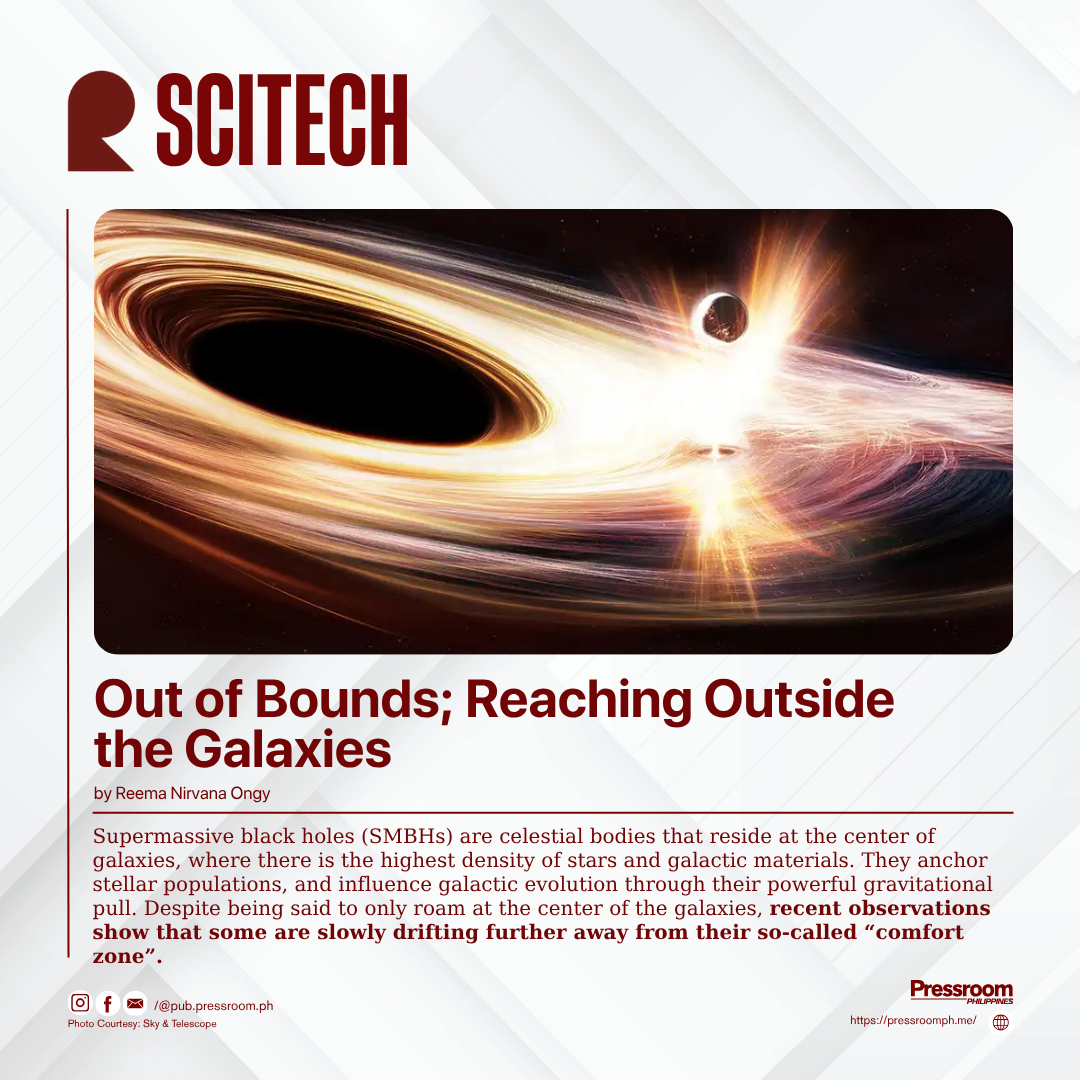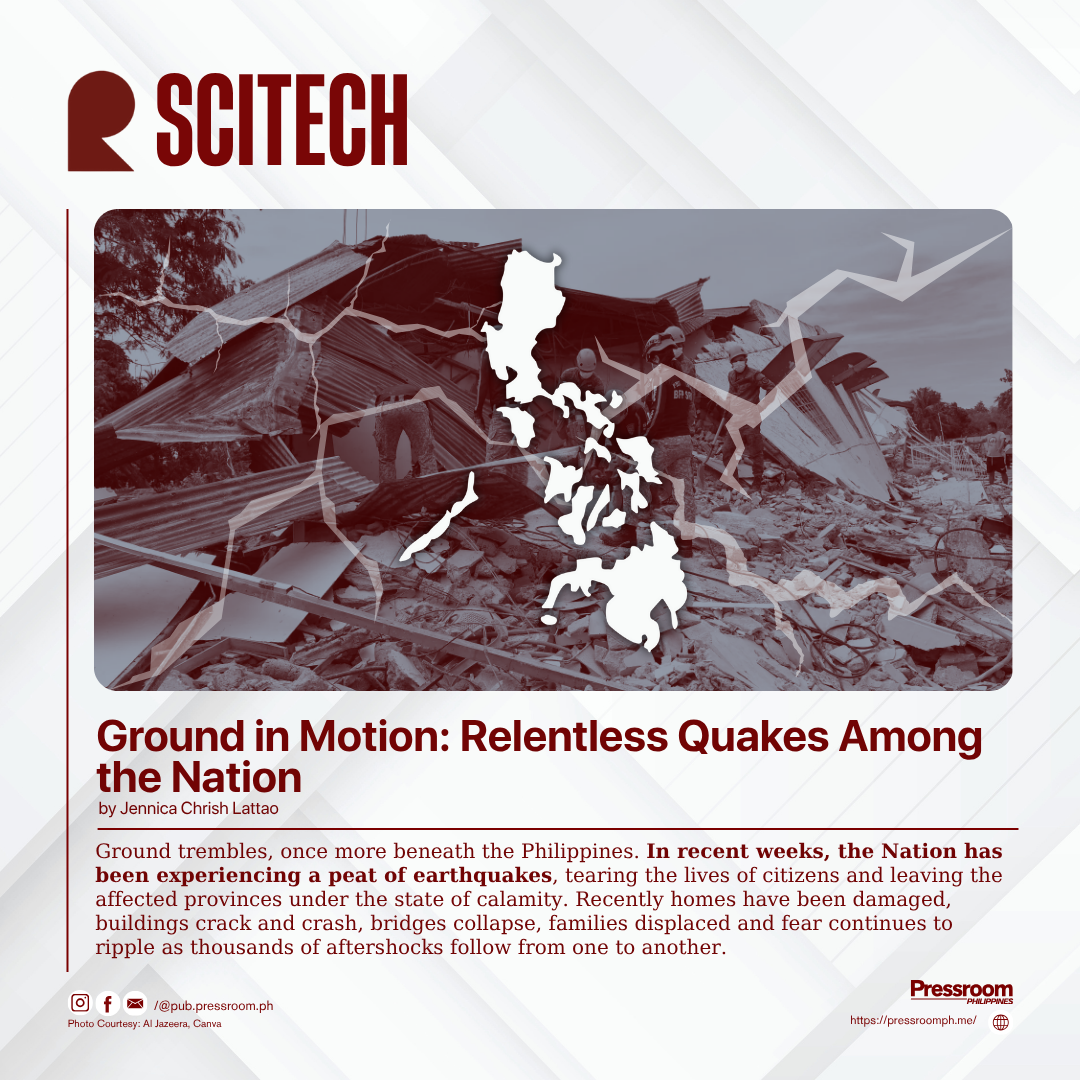via Reema Nirvana Ongy
Supermassive black holes (SMBHs) are celestial bodies that reside at the center of galaxies, where there is the highest density of stars and galactic materials. They anchor stellar populations, and influence galactic evolution through their powerful gravitational pull. Despite being said to only roam at the center of the galaxies, recent observations show that some are slowly drifting further away from their so-called “comfort zone”.
These new observations of supermassive black holes challenge the previous assumptions of their location and behavior and leading researchers, scientists, and astronomy enthusiasts alike to wonder why this is.
Based on the research of Gualandris Alessia and Merritt David, this likely occurs because of the gravitational wave recoil kicks that occur when two SMBHs merge. While these mergers take place, the asymmetrical emission of gravitational waves generates a powerful velocity "kick" that can propel the newly formed SMBH at speeds up to a thousand kilometers per second, pushing it away from the galactic core and sometimes ejecting it entirely from the galaxy.
Additionally, interactions in systems with multiple SMBHs can lead to a gravitational slingshot effect that flings one of the black holes present into an off-center orbit or completely out of the galaxy. The SMBH’s movement after ejection involves oscillations (a movement back and forth in a regular rhythm) around the galactic core that gradually lose energy through dynamical friction, but these motions can live up to a billion years, further prolonging the black hole’s displacement.
An example of this is the SMBH in the giant elliptical galaxy M87 observed to be off-centered from the galaxy’s core—likely due to the merger of two smaller black holes prior or possibly by being pushed by the powerful jet emitted by the black hole itself. Another one is the tidal disruption event AT2024tvd, where roughly one-million solar mass black holes lie approximately 0.8 kiloparsecs away from the galactic center—possibly cast out by previous interactions of “kicks”.
Moreover, observations and simulations confirming this behavior not only challenge traditional views of galaxies and black hole co-evolution but also enrich our understanding of the complex dynamical processes shaping galaxies over cosmic time.





